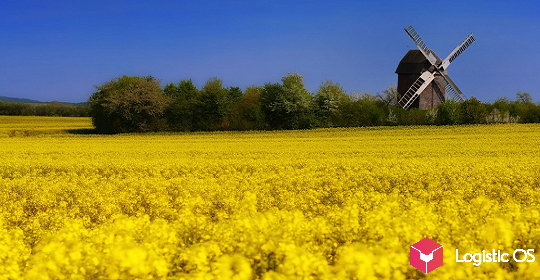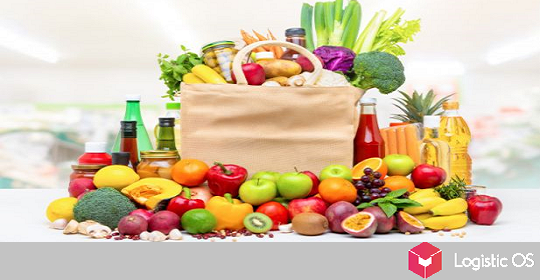Despite the fact that in general the harvest in Russia is expected to be record-breaking, the weather may worsen sunflower indicators.
To date, the harvesting of this crop in the south has been generally completed — for example, the Steppe agricultural holding reported that it had fully harvested.
But in the Center and in the Volga region the situation is much worse. Heavy rains in September and October caused delays.
To date, only 65% of sunflower has been harvested, while a year ago, on November 10, this figure was 90-95%.
The current situation is reminiscent of the anti-record of 2017, when in mid-November, about the same area under sunflower was also harvested as today.
In all other years from 2018 to 2021 inclusive, there were no such delays in this regard.
By the way, in 2017, 15% of the sunflower was never harvested, so this part of the crop was mostly lost. It is impossible to exclude the repetition of such a scenario this time as well.
Forecasts will be revised
According to the Sovecon review, as of November 10, 6.4 million tons of sunflowers were harvested, while a year ago this figure was 9.5 million hectares.
As a result, taking into account all this, Sovecon reduced the final forecast for the harvest from 17 million tons to 16.1 million tons.
In the meantime, as of November 11, about 11.6 million have actually been collected.
The Institute for Agricultural Market Studies has better forecasts: according to its CEO Dmitry Rylko, the final sunflower harvest will be at the level of 16.35 million tons.
At the same time, it is possible that some part of the crop will really have to “overwinter” in the fields, but there is nothing to worry about: in the spring, Rylko believes, it will be possible to re-harvest the crop, while maintaining an acceptable quality.
What will happen to prices?
The low (compared to the expected record) harvest and the delay in harvesting have already led to the fact that sunflower prices have started to rise.
Buttermakers have an almost feverish demand for it: there is evidence that whole queues with raw materials line up at individual butter factories.
The problem is aggravated by the fact that butter producers are running out of their own carry-over stocks, despite the fact that they were high at the end of last season.
For example, in the 3rd quarter of this year, Rusagro Group of Companies reduced oil production by about 10%, compared with the same period last year. In particular, this may be due to late cleaning.
Nevertheless, although, according to Sovecon, processors will most likely have enough raw materials, the rise in sunflower prices in the current situation is quite possible.

